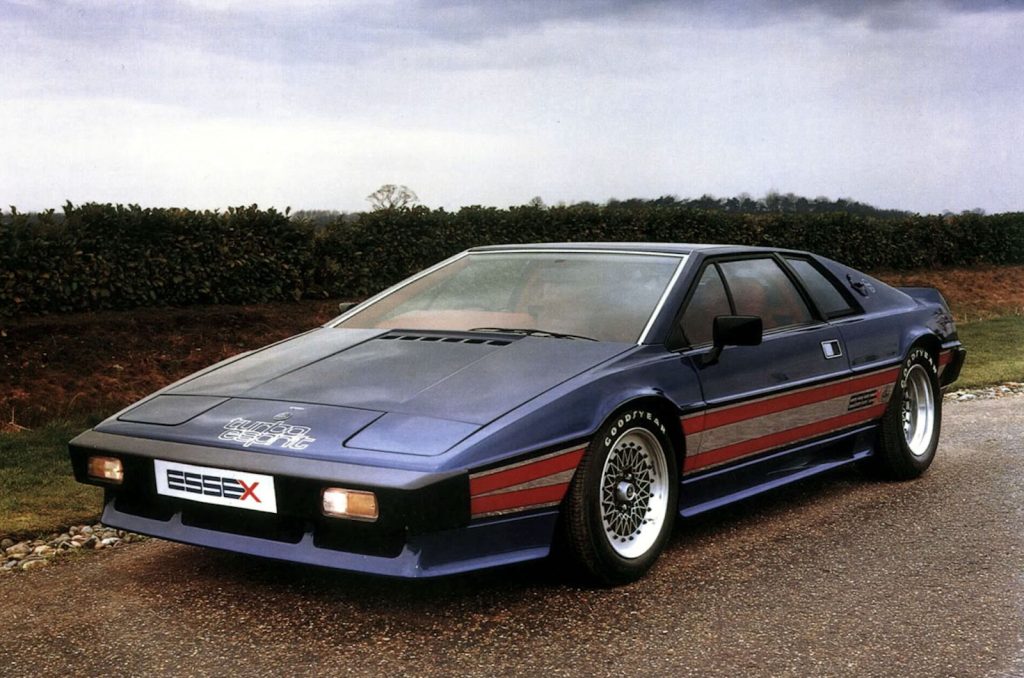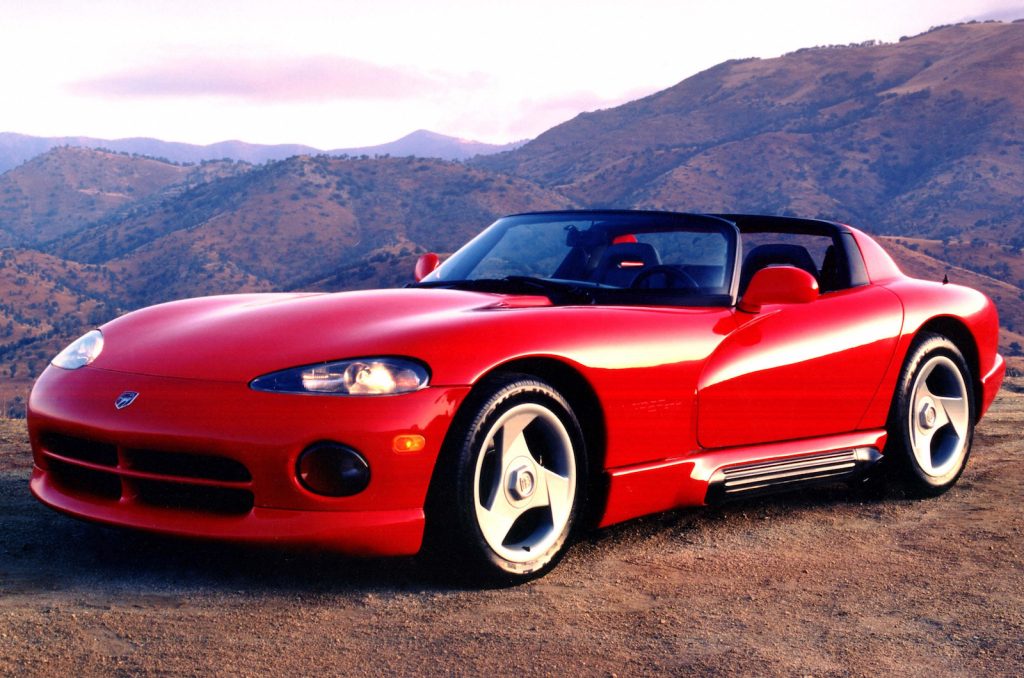
Author: JJ Vollans
Images: Stellantis, BMW, Ford, Lotus
Particularly in the modern classic era, although in any really, if a maker got its rims right it perfectly placed the proverbial cherry upon that chosen model’s pinnacle. Conversely, if it cocked up, it bled sales to one of a myriad of aftermarket marques or, at worst, lost a load of showroom sexy appeal.
The following few manufacturers seem to have judged their rubber-shod revolvers absolutely spot on. Although there are plenty more, here are a few of my particular favourites…

Ford ‘pepper pot’
The genesis of some of the most recognisable rims ever to be fitted to a production car is a story that could only have emerged from the 1980s.
Ford’s famed ‘pepper pot’ alloy wheel was actually originally penned by accomplished UK aftermarket alloy wheel authority, Wolfrace.
In a PR stunt that today feels as if it’s been lifted from a parallel universe, Wolfrace’s original owner Barry Treacy commissioned a tubular framed, glass-fibre bodied, twin cabin and engine’d Rover V8-powered working concept car in 1981. Called the Sonic, it was made merely to showcase his firm’s new wheel design. Oh and did we forget to mention that it had six wheels and apparently cost him in the region of £75k (£283k today), bonkers…
The stunt certainly got the Essex wheel makers noticed as Ford was particularly enamoured with its then new and appropriately named Wolfrace Sonic wheel. A deal was done to equip them to its XR2 and Capri 2.8, both of which soon became fast Ford icons. Similar rims would also go on to see service with certain Orions, Escorts and Sierras, becoming as emblematic of Ford in the era of excess as big rear wings and bodykits. It spun off many an imitator too, as Alfa Romeo, Audi and even Mini all used similarly holey hoops right up to the new millennium.

BMW ‘throwing star’
As a former owner and fan of 1980s and 1990s built Bimmers there were several rims I could have picked as my best of BMW. Despite their enviable output, however, the 1992 ‘throwing star’ or, to give it its correct and highly-teutonic name, the M-System II (Style 21) wheel has to be my favourite.
Unlike the single piece and far more numerous lattice-like BBS offerings of the era, the throwing star was actually a very cleverly disguised hubcap. The original 17-inch M-System I ‘Turbine’ alloy wheel barrel was just reused. Also a conventional five-spoke wheel with a turbine hubcap that directed cooling air into the brakes, the Turbine’s slats were replaced by the natty star design trim fitted instead. It might have been a bit less effective at brake cooling but the staggering visual transformation was well worth it and was achieved for a lot less outlay than completely redesigning a new wheel.
The throwing star first appeared on the M5 (E34) but, arguably, its most memorable outing was rotating under the absurdly awesome V12-powered 850 CSi (an M8 in all but name). Today, these are some of the most desirable and sought after classic wheels in BMW’s back catalogue, retailing for well into four figures, when you can even find an old set for sale in the first place.

Lotus Esprit Compomotive ‘lattice’
A certain famous-for-submerging Lotus was one of the early adopters of aforementioned alloy wheel aficionado’s work when, in the 1977, producers of the James Bond adventure The Spy Who Loved Me saw fit to slap Wolfrace Slot Mag rims onto ‘Wet Nellie’. That starring big-screen role saw sales of the Slot Mag soar even higher, but the same wasn’t quite the case when it came to the second 007 screen outing for the Esprit.
Come 1981 and Roger Moore swapped his S1 Esprit for a far more fearsome Essex Turbo, complete with its Compomotive split rims.
The wheels were first seen on these pre-production special edition Formula One tie-in models and then went on to be fitted to early Turbos – later replaced by similar, but far more common, BBS Mahle wheels. However, its the early Compomotive split-rim design that has always had me going a little weak at the knees.
Perhaps it’s because Bond’s Norfolk road missile had them but, more likely, it’s down to the 15-inch Compomotive design being so timeless. Its flat face is periodically interspersed by the head of those little bolts that hold the two parts of this exceptionally excessive design together. To make things even more appealing, front and rear rims are staggered, giving the aft pair a devilishly deep dish.

Dodge Viper RT/10 ‘three spoke’
There are some who simply hate three-spoke wheel designs, then there are the rest of us who are right! Daring to be different is something a lot of makers shy away from, as its a high-risk route to potential reward with an equal chance of pitiful failure. With success that can’t be banked, and the accountants having an aneurism, Chrysler and its frumpy – by the 1990s – sub-brand was one very few in the automotive landscape of the time looked to with much enthusiasm. That was until the wild ‘Viper’ concept sports car was unveiled at the 1989 Detroit Auto Show.
That car caused such a stir that show goers were, quite literally, lining up to enquire how they could buy one. Understandably, Dodge took notice and put the successive RT/10 into limited production from the end of 1991. Fearing it would lose all those interested parties if it strayed too far from that original concept, the ‘Viper’ that emerged was almost a copy & paste productionised version of the concept car, complete with its thrilling three-spokes. If you’re shortsighted you might struggle to focus on the wheel hubs of the RT/10 as its wheel barrels have such a ridiculous dish but they certainly stand out. They’re wild, loud and attention-grabbing, just like the car’s side-exit V10 bellow and we love it all the more for it.
Remember a classic car with rims to remember? Let us know at hdc@hagerty.co.uk